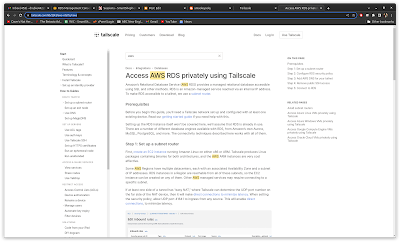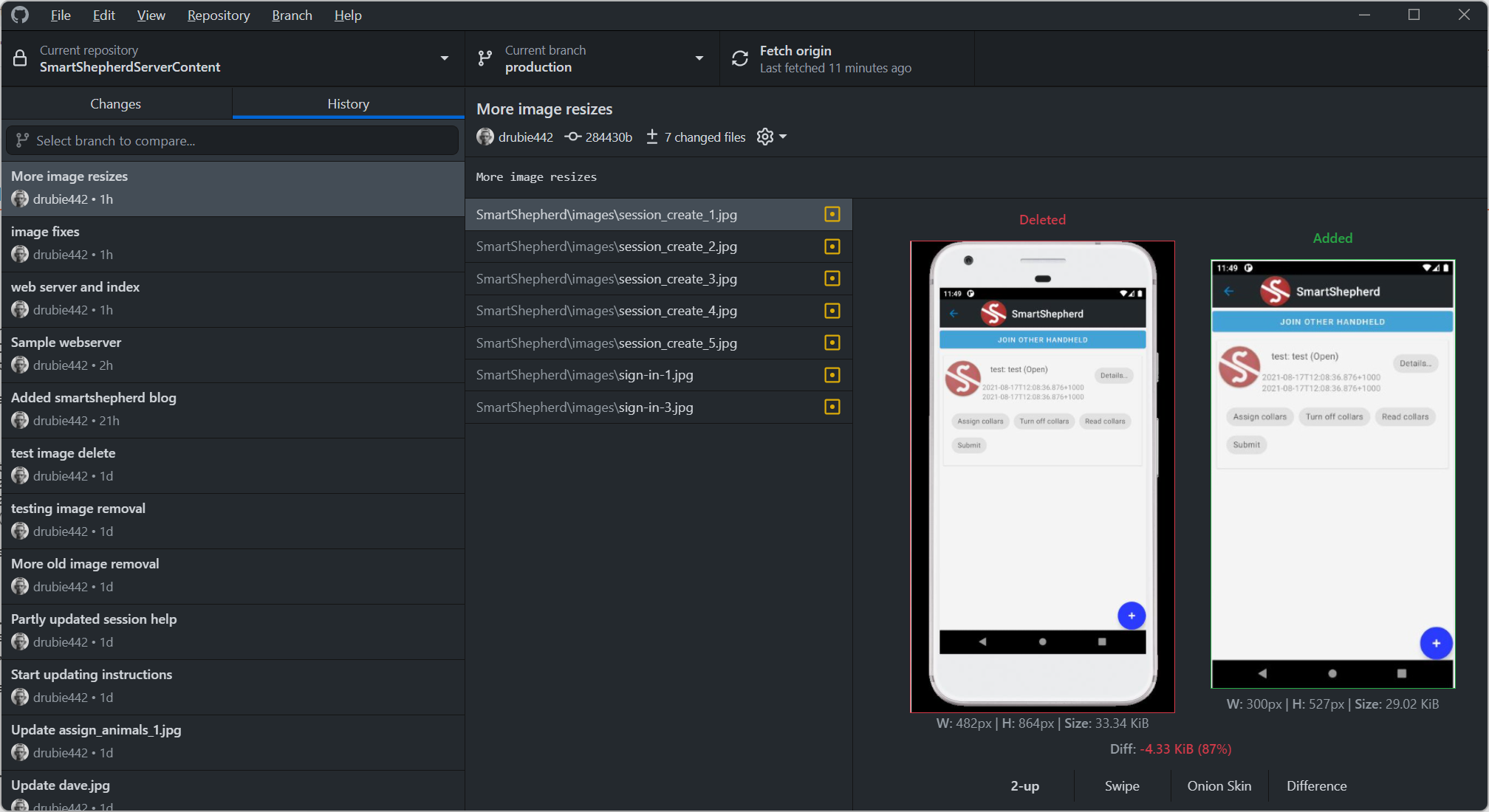Debian 11 "Bullseye" upgrade festival
Weird Science
Not sure why I did this to myself - perhaps it was the little reminder from apt that told me Buster was now "oldstable" and I needed to think about upgrading. There are quite a few machines to do so it was mostly a background task while I was trying to replace our kitchen benchtops. I should perhaps have picked one job because neither went very well
So, what would you little maniacs like to do first?
First machine out of the gate: a Mac Mini, early 2009 version that I use largely to verify builds of systems off my main development machine. This little box with a scant 160Gb disk and 4Gb of memory is useless with the Apple supplied operating systems but runs surprisingly well with Debian Buster. The upgrade went very smoothly (instructions here). It took a while to download all the packages but it rebooted into Bullseye with no trouble and no extra configuring required. All of the SmartShepherd software compiles and runs, no problems with VSCode or .NET or Android Studio. Winning!
Next - little Sony Vaio notebook. Again, no problems. Confidence building.
Next - the WSL2 installation on an Acer Nitro laptop running Windows 11. Was a little different (the /etc/apt/sources.list file is a little shorter than I would have expected). Again, no problems.
You know, there's going to be sex, drugs, rock-n-roll... chips, dips, chains, whips... You know, your basic high school orgy type of thing. I mean, uh, I'm not talking candlewax on the nipples, or witchcraft or anything like that, no, no, no. Just a couple of hundred kids running around in their underwear, acting like complete animals.
Last, the big boy. The HP Proliant ML330 G6. I had enough confidence from the rest of the installs but I backed up the /home partition to tape anyway, just in case. Ran the instructions as before, rebooted and then OH NO.
Kernel panic. No boot situation. Your basic nightmare scenario. Thankfully the old kernel from Buster was still available. To my surprise it booted up on kernel 4.19 (vs the dead 5.10 kernel in Bullseye) and everything seemed to work OK. As in...nothing was broken. All the virtualisation stuff still works (qemu in my case), VSCode is working, everything is working. Should have called it good, right?
Couldn't leave it alone though. Tried a few kernel parameters on the 5.10 kernel but nothing seemed to work (although, rather strangely, the kernel panic message did change from time to time). Then in all the googling for issues with the 5.10 kernel, I came across Liquorix. I thought this might offer a quick way to test a slightly newer kernel than 5.10 to see if the boot issue was addressed without having to compile the kernel myself. Followed the instructions, made sure I had the 4.19 kernel lying around just in case, rebooted with the Liquorix build of 5.13 and voila, it's back baby.
I ended up raising it as a kernel bug for the Debian people to see if they had any other recommendations but for now, Liquorix seems to sort it out so I'll stick with that until the Bullseye updates start coming through.
You stupid butt wad
Waaaaaaay back in the day, compiling the kernel was all the options you had for a no-boot situation. I like to keep this original Yggdrasil book/cd around for giggles. I have tried installing it in qemu but I can't work out the magic combination that would enable it to recognise the cd-rom image, and I have long lost the accompanying floppy that goes with this package. Yggdrasil did include a floppy image on the CD (thankfully). Back then of course, you either had a very expensive SCSI card to access a cd-rom or you had a Soundblaster card with a crazy CD attachment that never quite standardised. Mostly I used Yggdrasil to get access to X windows so I could dial into work and run Sun stuff remotely, but getting it to work on early 1990s hardware was always a bit of an exercise in bootstrapping it, fiddling with the kernel to get your hardware working properly, rebooting, failing, falling back and then trying again. Linux has come a long way since 1994.




